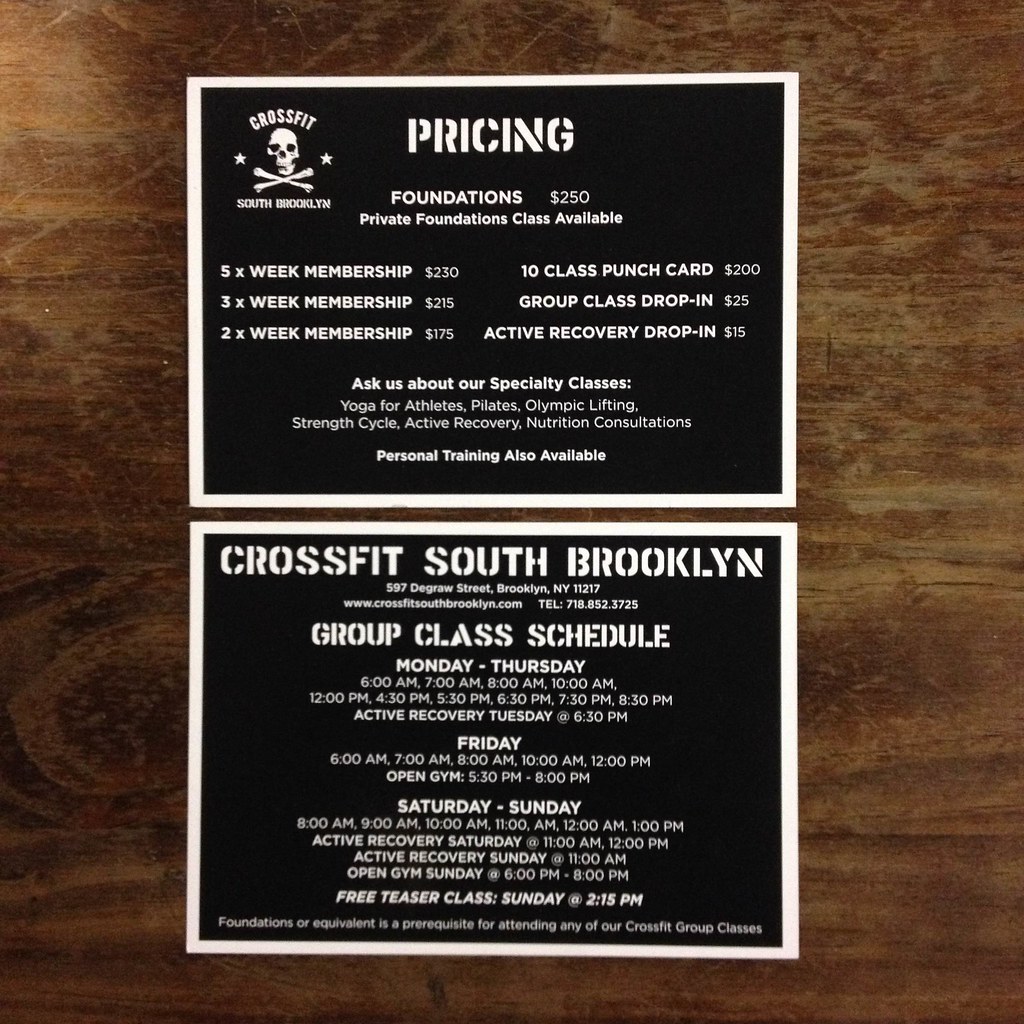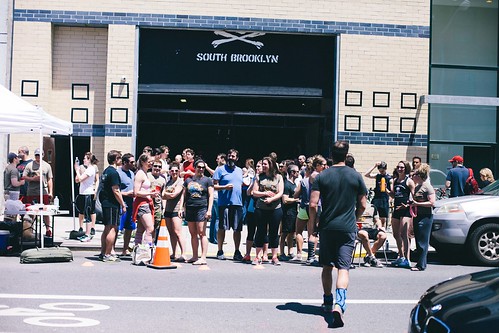Fitness: 5 x 3 Linear Progression
Bail each rep and reset within a few seconds. Try and go a bit heavier than last week.
Performance: Work up to a top set of 5 on a Touch and Go Power Snatch
You can pause at the hang but not at the floor. Must be touch and go. Try and go a bit heavier than last week.
Post loads to comments.
e2/6
_____________________
AMRAP 5 Minutes:
15 Wall Balls
30 Double Unders
Rest 1 Minute
AMRAP 5 Minutes:
10 Box Jumps
20 AbMat Sit Ups
Rest 1 Minute
AMRAP 5 Minutes:
Max Meters Rowed
Post rounds and Rx to comments.
 Coach Arturo demonstrates a solid power snatch catch position. Note his balance and how his weight stays over his whole foot in the quarter squat position. His shoulders are back and engaged. From here, he could easily descend into a solid overhead squat.
Coach Arturo demonstrates a solid power snatch catch position. Note his balance and how his weight stays over his whole foot in the quarter squat position. His shoulders are back and engaged. From here, he could easily descend into a solid overhead squat.
- Watch the live stream of Jake L. lifting from 9am – noon today at the 2014 American Open Championships.
Help Others This Holiday Season
New York Cares Coat Drive (12/6 – 12/21)
Give the gift of warmth this holiday season. CFSBK is collecting new and gently used winter coats to help keep those in need warm during the winter season. New York Cares aims to collect 100,000 gently used winter coats each November and December and distributes them to thousands of men, women, and children who would otherwise go without them. They work hand-in-hand with a wide variety of Community Partners in New York City to make sure coats are distributed as quickly as possible. Coats will be collected at the front desk from 12/6 – 12/21. We are only collecting coats at this time.
City Harvest Canned Food Drive (12/22 – 1/4)
From 12/22 – 1/4 CFSBK will be collecting canned foods to help stock NYC’s food pantries and soup kitchens. City Harvest helps feed the more than 1.4 million New Yorkers facing hunger each year. They provide free deliveries of food to more than 500 emergency food programs throughout New York City. The most needed foods are canned fruit, canned vegetables, canned proteins (like fish and chicken), and peanut butter (plastic jars).
_____________________
Got a Minute? Let’s Work Out New York Times
A Pema Chödrön Primer








